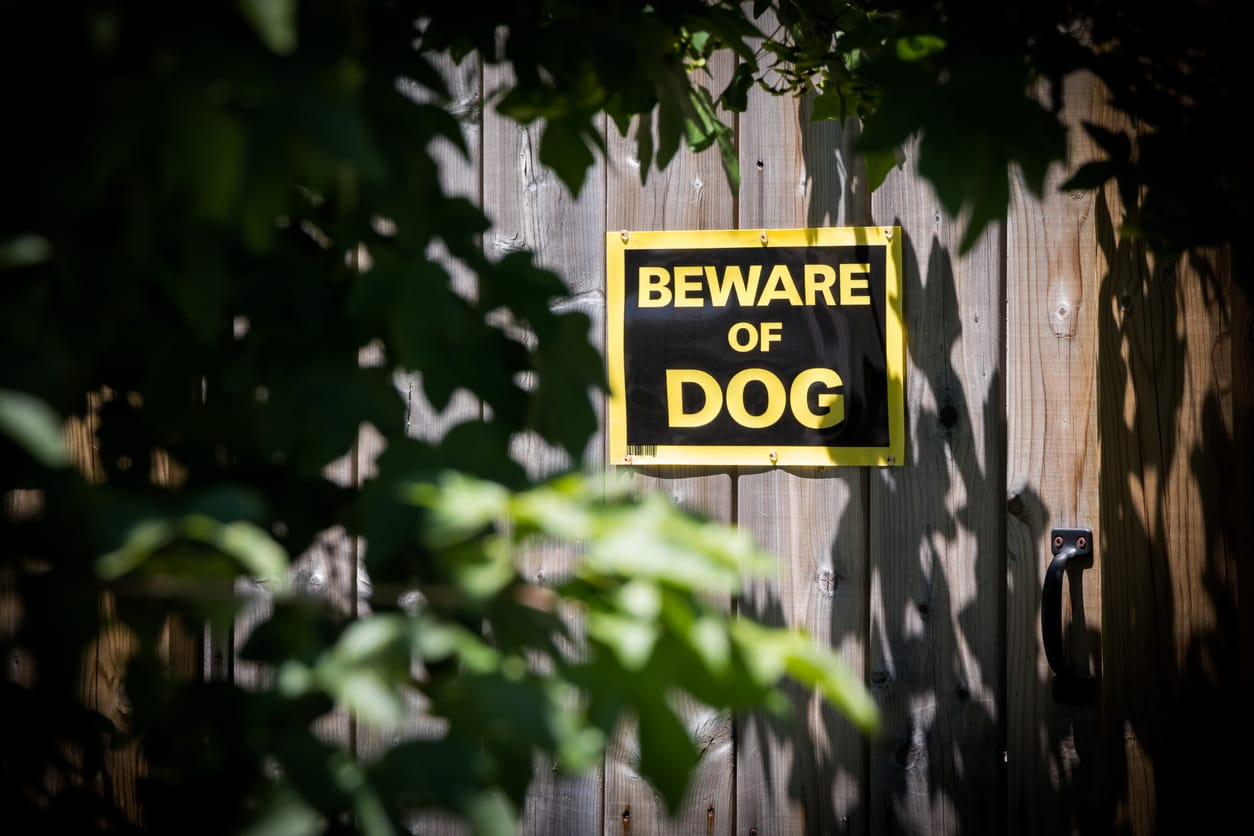Background
The defendant’s dog, a male American Pitbull-cross, attacked a young child visiting her property. The victim suffered serious injuries, including wounds around her eye from a dog bite to the face. The defendant was charged under s 58 of the Dog Control Act, with owning a dog that caused serious injury.
The dog was unregistered and, prior to the attack, had been classified as menacing by breed (which required neutering and muzzling in public). However, the defendant failed to comply with the requirements of the menacing classification. She did not neuter the dog, did not own a muzzle, and walked the dog in public places without one.
Further, the dog had an aggressive nature. It had previously come to Council attention for chasing and attempting to attack cattle and calves in a nearby paddock. While the dog was at the pound, it had to be kept in a dangerous dog cage. The evidence was that the dog could not be approached and when a vet came to check on the dog, the vet was unable to enter the cage unless the dog was put into what is referred to as a crush cage, where the dog was pushed up against a wall to ensure that it did not attack anybody.
Hearing
The defendant argued a ‘total absence of fault’ defence. She said she had (responsibly) tied the dog to the clothesline prior to her guest’s arrival, that her ex-partner then untied the dog from the clothesline (intending to take the dog for a walk), and opened the door, at which point the dog attacked the child.
In response, the council argued that the defendant had been at fault, and that she could not “get off” on the basis she had a ‘total absence of fault’ defence. In addition to noting the aggressive nature of the dog, the Council pointed to the fact that:
- the dog had been classified as menacing by breed; but
- the defendant had failed to neuter her dog as required per the classification, with the Court accepting evidence that dogs were less likely to be aggressive if neutered; and
- she had failed to inform her ex-partner, who came to walk the dog, that the dog had a menacing classification and of the requirements of that classification i.e muzzling the dog in public.
Findings
Judge Earwaker rejected the defence and found the defendant guilty of the charge.
The Judge observed that he would have found that the defendant had not taken “reasonable steps” on the basis that she had not neutered the dog alone. However, the Judge stated that there was quite a lot more that satisfied him the defendant had failed to establish the defence. Namely, the defendant could have taken a number of other relatively simple steps to ensure that the dog did not attack anyone, including telling her ex-partner that the dog had been classified as menacing, and giving him clear instructions that he needed to check with her before untying the dog and bringing the dog inside the house.
The Judge imposed a sentence of 150 hours community work, an $800 emotional harm reparation payment for the victim, plus costs.
Comments
The Court’s findings in this case provide further useful guidance as to what the court will look at in considering whether a ‘total absence of fault’ defence might apply. The Court’s findings reiterate that there is a high bar to establish a ‘total absence of fault defence’, especially in circumstances where a ‘menacing classification’ applies to the attacking dog.
Rosie Argyle and Jodi Libbey were pleased to act for Napier City Council on this case: Napier City Council v Kerehoma [2024] NZDC 19313.







